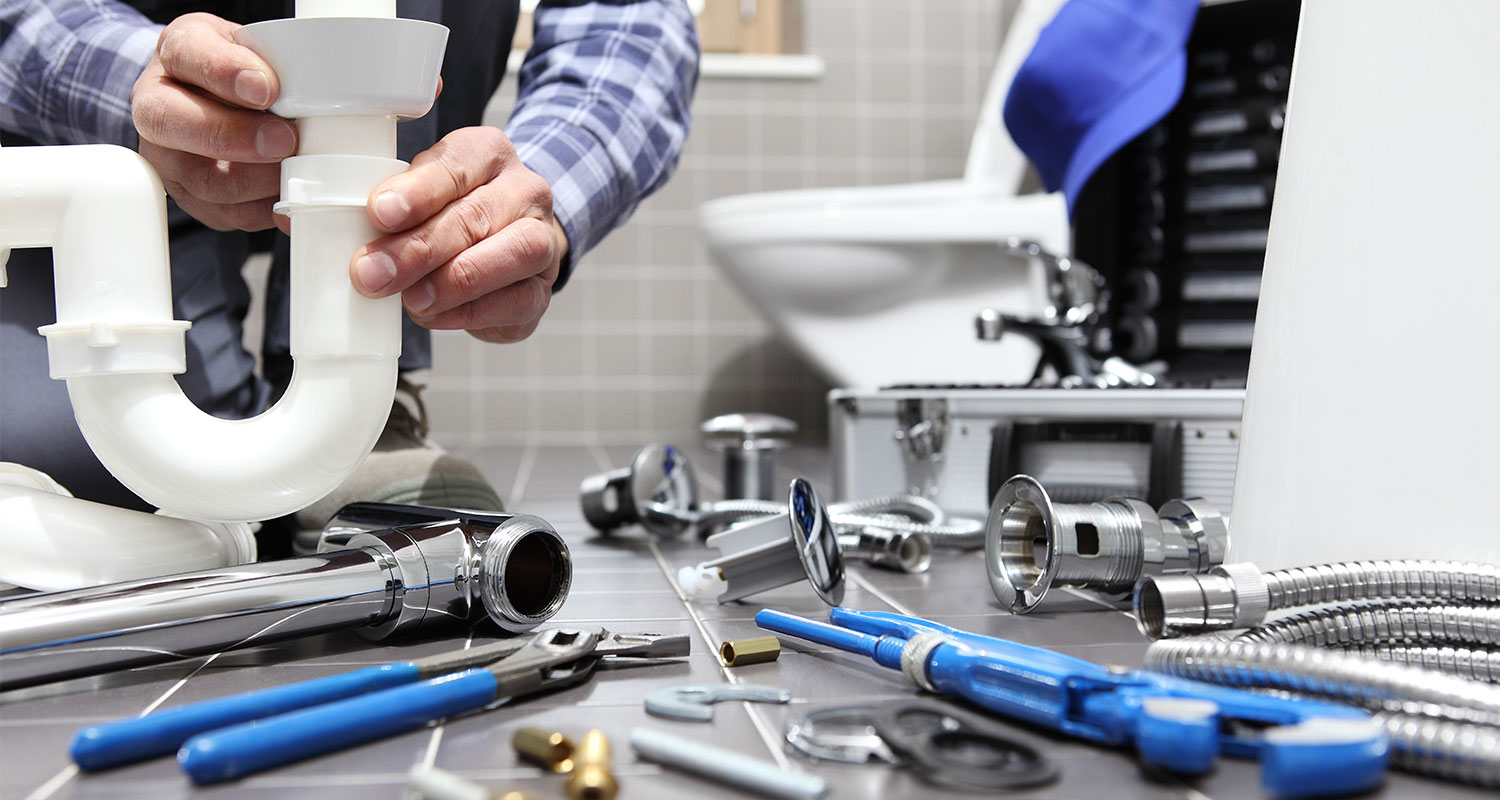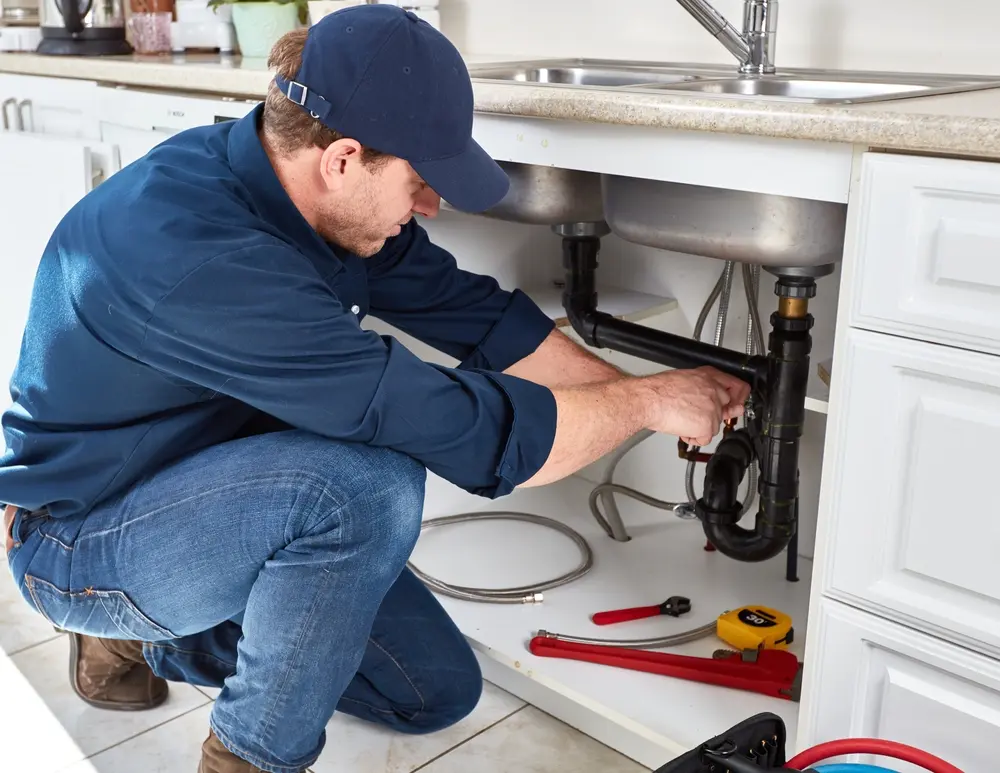Fast and Reliable Drain Cleaning Alabaster AL Services Available
A Step-by-Step Overview to Efficient Hot Water Heater Installment for Ideal Performance
Embarking on the task of setting up a hot water heater is a venture that demands accuracy and a systematic approach for attaining optimal performance. The procedure begins with the important choice of selecting the proper heating unit customized to the particular needs of your family, thinking about factors such as size, energy, and type resource. As soon as picked, preparing the installation area to meet safety standards is paramount. However, the journey does not finish right here. As you continue, the intricacies of connecting water supply lines and establishing trusted electrical or gas connections await, promising understandings right into guaranteeing effectiveness and integrity.
Picking the Right Water Heater

Next, think about the dimension and capacity of the water heating system. It's vital to assess your house's warm water needs, which can vary based upon the variety of owners and their use patterns. A system that's as well little might lead to inadequate hot water, while an extra-large version might lead to unnecessary energy consumption.
Performance ratings additionally play an essential function in option. Try to find water heating units with high Energy Aspect (EF) ratings, suggesting premium efficiency and minimized power use. Tankless models, though normally more pricey in advance, deal substantial power financial savings gradually as a result of their on-demand heating abilities.
Preparing the Installment Location
Before installing a new water heating system, meticulous prep work of the setup area is essential. It's vital to measure the room very carefully to suit the water heater's dimensions, guaranteeing adequate clearance around the device for efficient operation and maintenance.
Check the flooring for security, as the water heater will require a solid, degree surface area to operate successfully. If necessary, set up a drip pan below the unit to capture prospective leakages or spills, preventing water damage to the surrounding area.
Furthermore, make sure that all essential tools and materials are on hand prior to beginning the installation. This includes things such as wrenches, screwdrivers, a degree, and any additional hardware needed for installing and securing the heater. A well-prepared installation location sets the foundation for a successful water heating unit setup, optimizing performance and security.
Connecting Water Supply Lines
When connecting water lines to your freshly set up water heater, it is critical to make certain that all connections are protected and leak-free to preserve effective procedure and protect against water damages. Begin by determining the warm and cold supply of water lines. The cold water inlet is commonly marked with a blue tag or a "C", while the hot water electrical outlet is noted with a red label or an "H".
Use adaptable water heating unit adapters to help with an easier installation procedure. These adapters can soak up resonance and enable minor activity, reducing the risk of leaks. Before attaching the ports, put a plumbing's tape around the threaded ends of the water heater's inlet and outlet pipelines - Water Heater installation Alabaster AL. This tape works as a sealant, avoiding leakages. Very carefully attach the adaptable hose pipes to the respective inlet and outlet, making sure that they are limited but not over-tightened, which review can damage the strings.
As soon as connections are in area, gradually switch on the primary water system valve. Check each connection for leaks by visually inspecting and really feeling for moisture. Tighten up connections as needed, and make sure the pressure safety valve is correctly set up, securing against extreme pressure accumulation.
Establishing Up Electrical or Gas Links
Appropriately setting up the electric or gas connections for your water heating unit is a crucial step to make sure effective and risk-free operation. For electric water heating systems, begin by verifying that the electric circuit is compatible with the heater's voltage and amperage needs.
For gas water heating systems, safety is vital. Attach the gas line to the water heater using a flexible gas adapter, guaranteeing it is effectively threaded and secured with pipe joint compound or Teflon tape ideal for gas links.
As soon as links are made, check for any type of prospective leakages. For gas lines, apply a soapy water solution to the joints; bubbles suggest a leak. For electrical connections, ascertain next that all circuitry is safe and correctly insulated, keeping compliance with local electrical codes.
Examining and Changing for Efficiency
With the electrical and gas links safely in place, the next step is assessing the operational efficiency of your hot water heater. Begin by carefully transforming on the water supply and guaranteeing there are no leaks at any of the valves or joints. As soon as verified, proceed to fill up the tank, taking notice of the stress and temperature settings. It is advisable to set the thermostat to a recommended temperature level of around 120 ° F(49 ° C) to stabilize energy effectiveness and convenience.
Following, execute an extensive assessment to guarantee the burner or burner are functioning appropriately. For electric heating systems, use a multimeter to validate if the aspects are attracting the suitable present. In gas models, observe the heater fire; it should be blue and stable, suggesting reliable combustion.
Readjust the settings as needed to eliminate ineffectiveness. Consider implementing insulation steps, such as adding a hot water heater blanket, to further improve performance by minimizing warm loss. Additionally, check the anode pole's condition, as a deteriorated pole can decrease effectiveness and cause container corrosion.
Final Thought
Efficient water heating system installment is essential for making sure optimum efficiency and power savings. go to my blog Securely connecting water supply lines and meticulously setting up electrical or gas links lessen possible issues.

Appropriately setting up the electrical or gas connections for your water heater is an essential action to guarantee risk-free and reliable procedure. For electrical water heating systems, start by confirming that the electric circuit is suitable with the heating unit's voltage and amperage needs. Attach the gas line to the water heating system using a flexible gas connector, ensuring it is correctly threaded and secured with pipeline joint compound or Teflon tape suitable for gas connections.